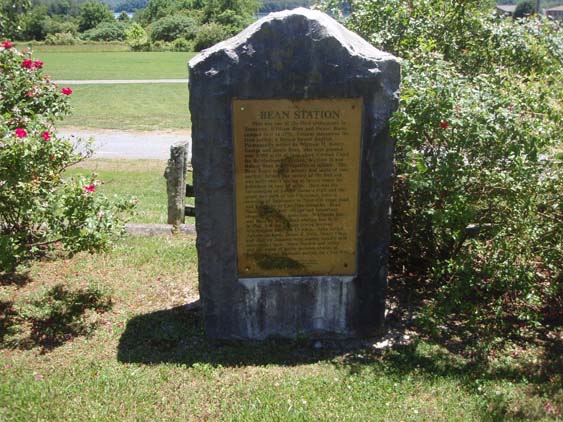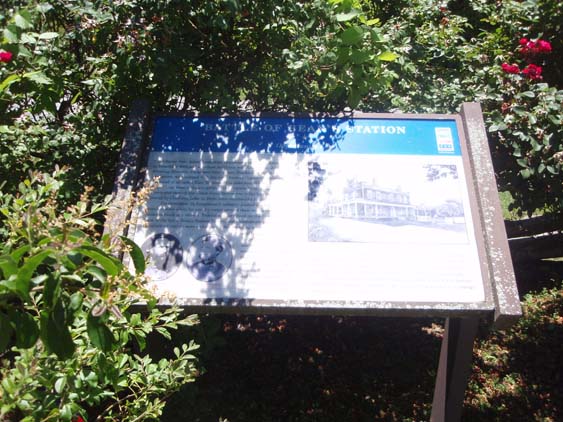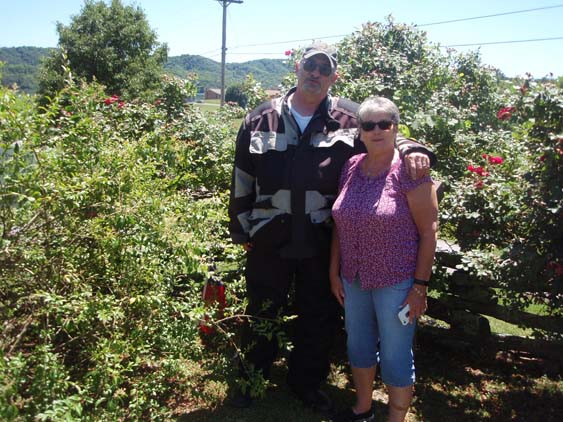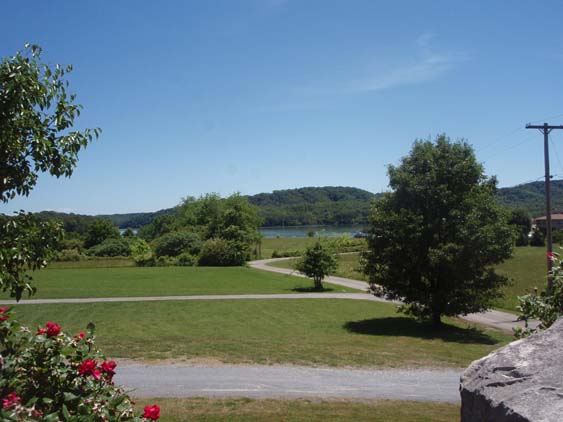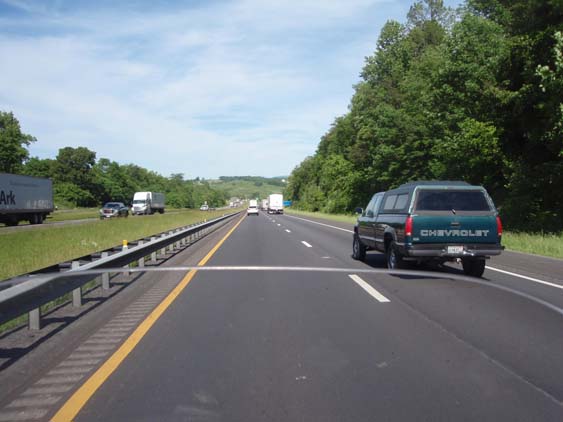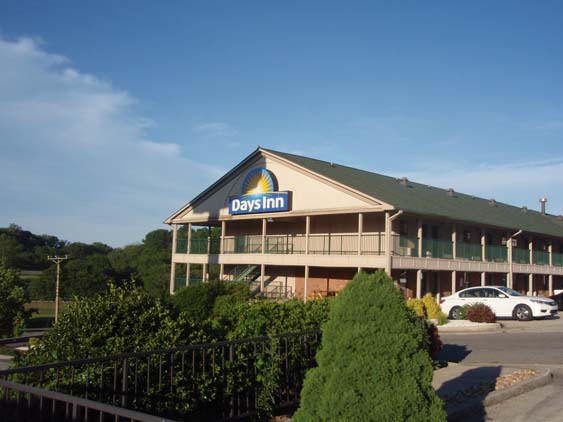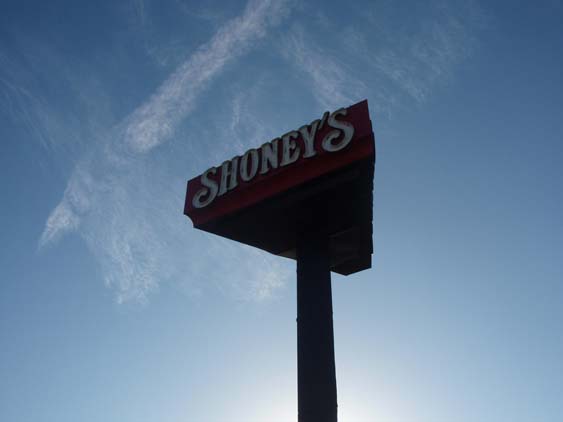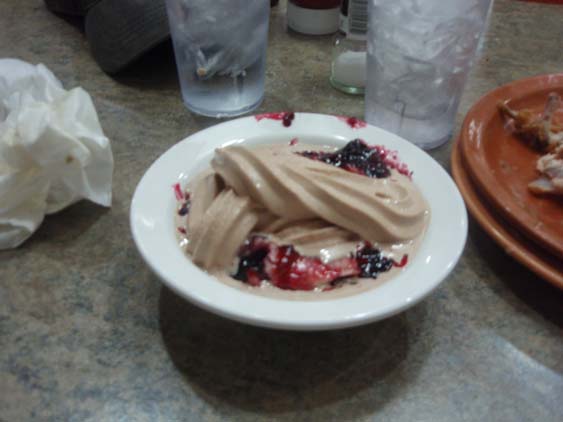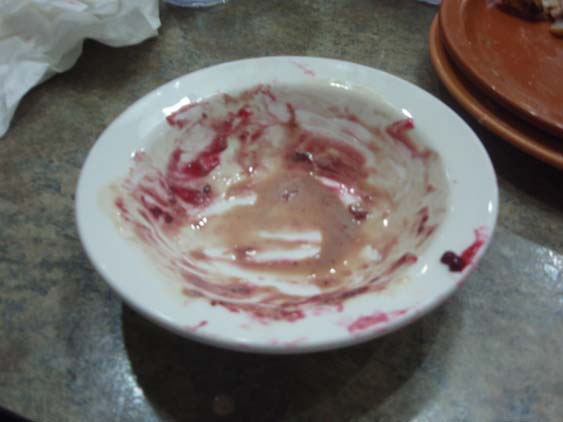Day 06
May 21
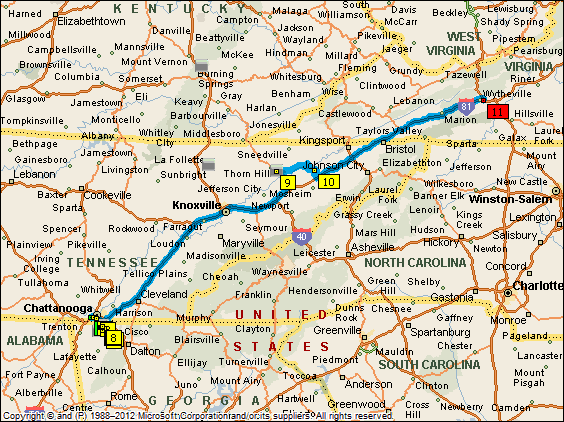
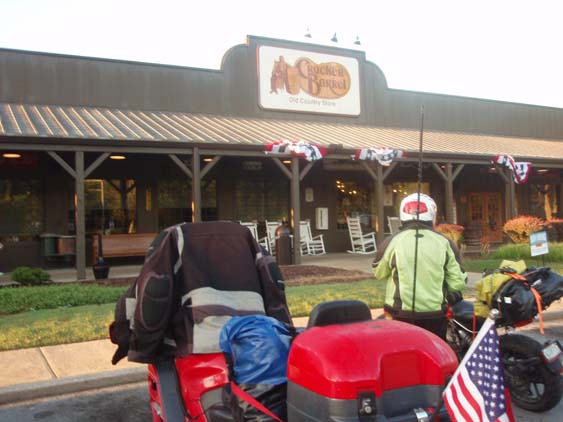
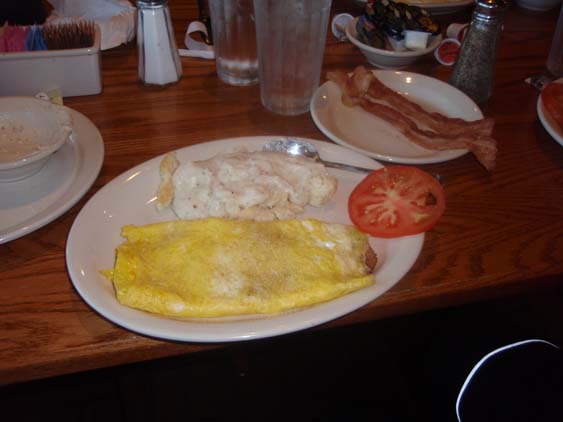
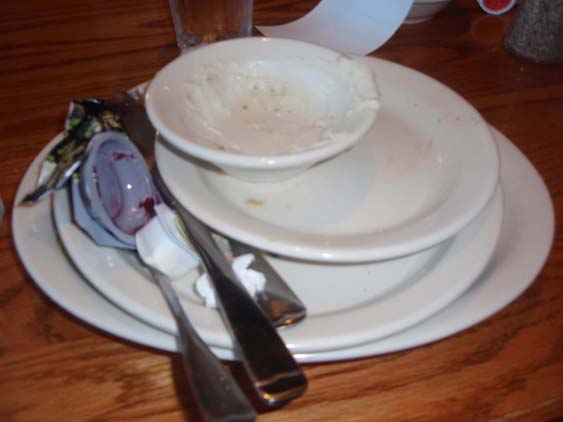
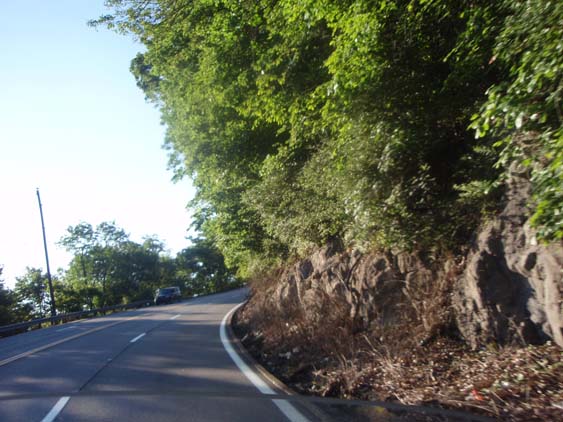
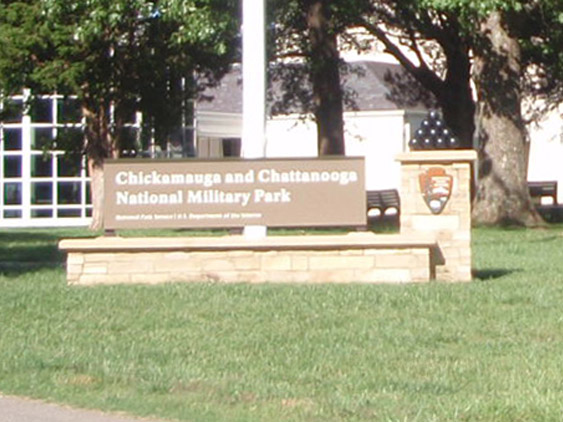
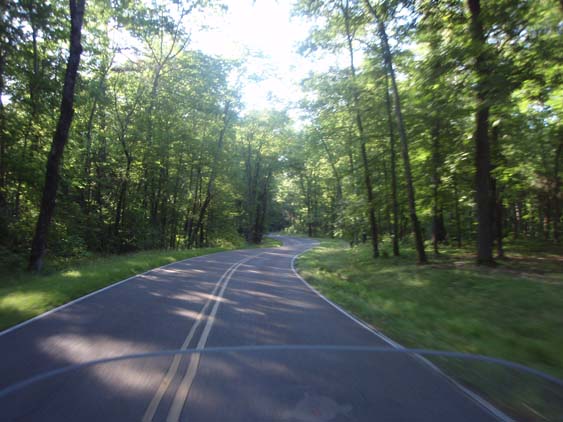
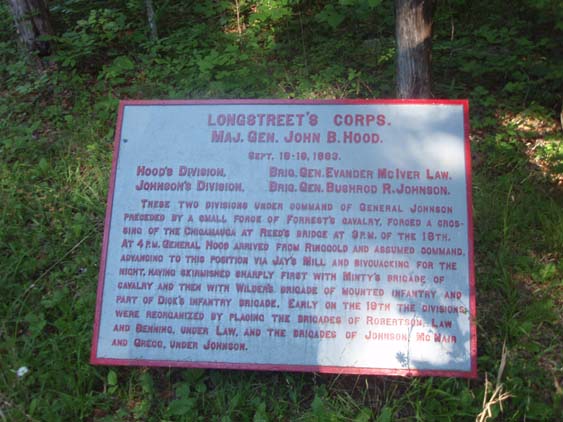
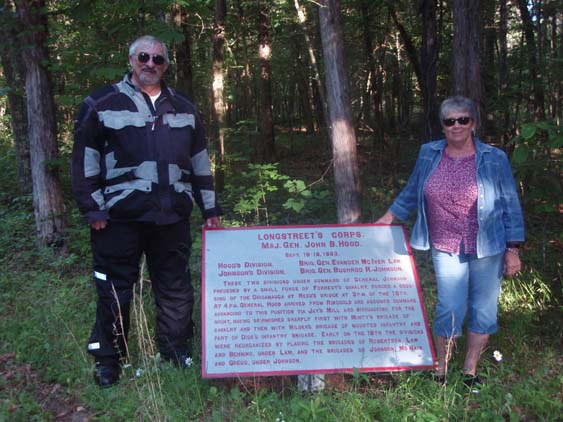
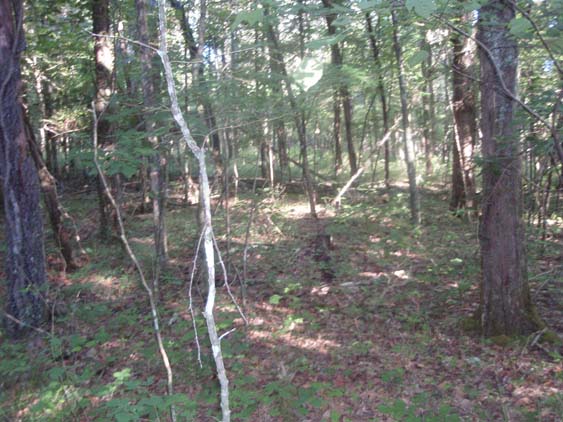
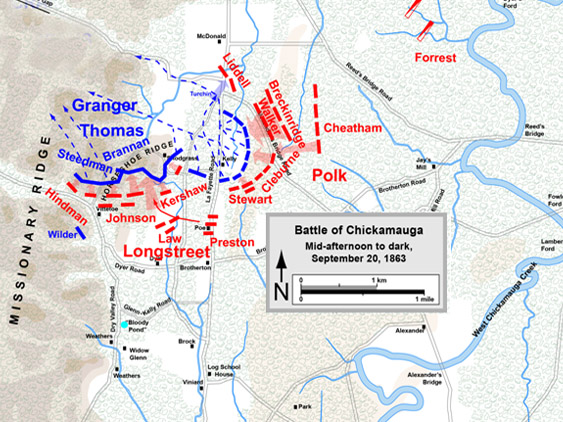
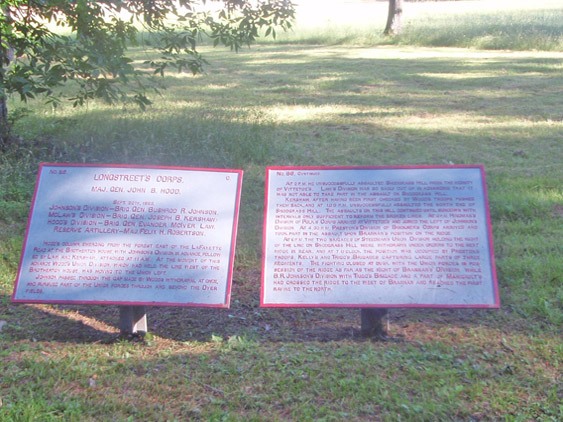
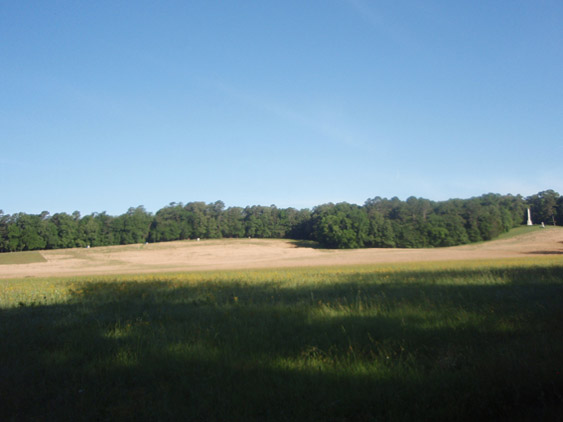
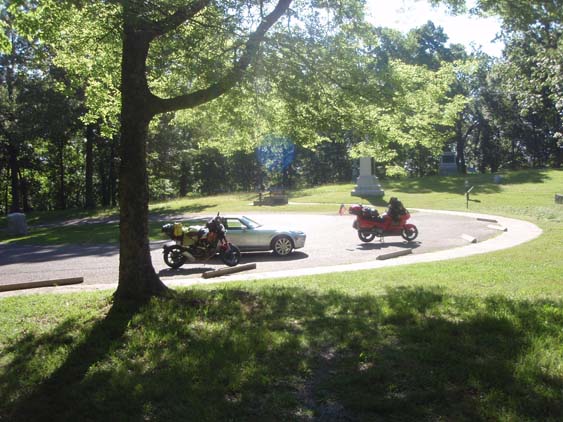
I tell Sissy and Andy -
"Well, this walk is about like that 3/4 'government' mile at Camp Wildcat."
We all laugh about that one and hike up our trousers and get after it.
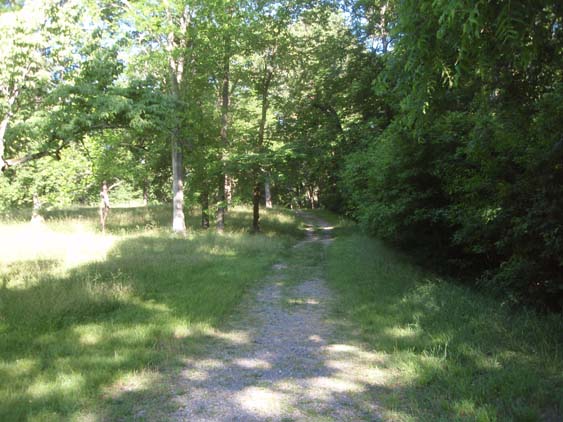
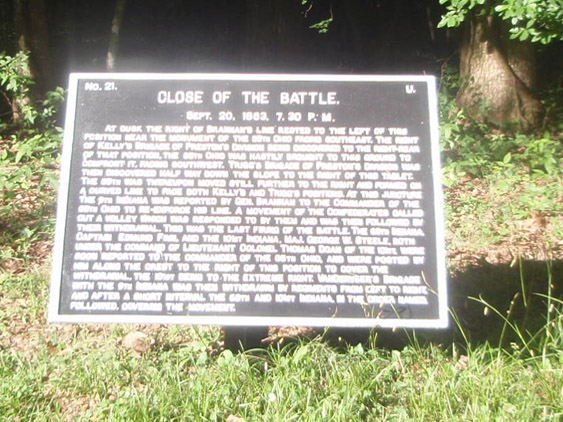
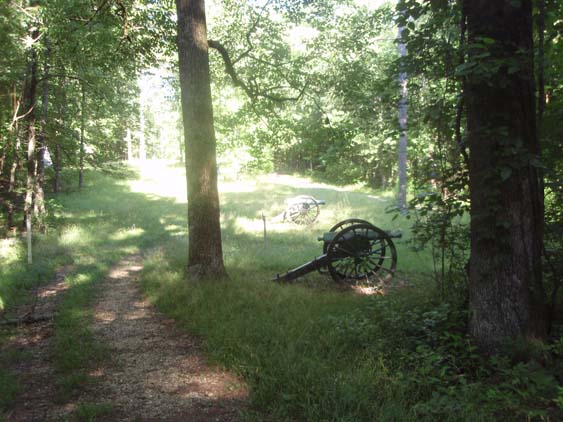
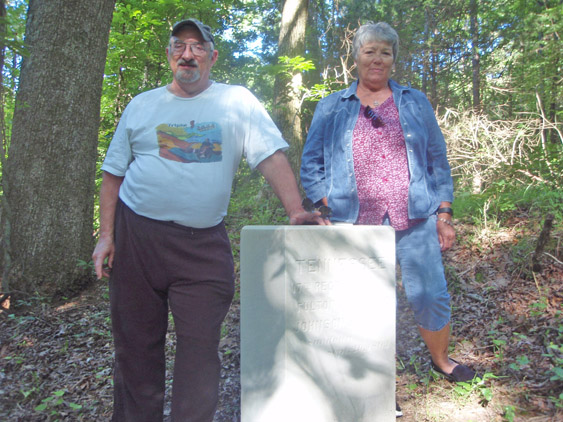
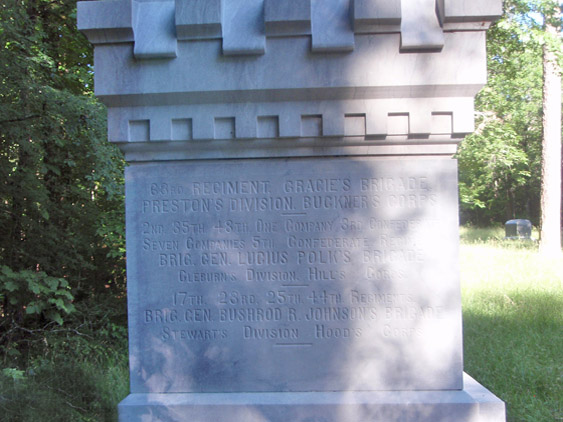
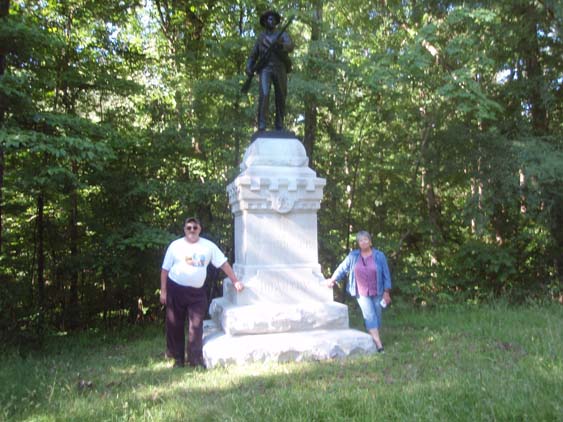
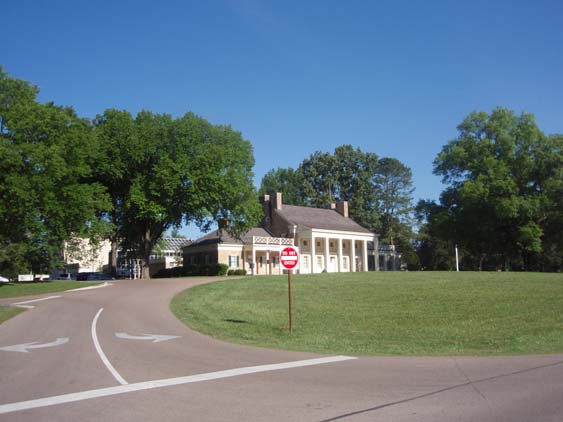
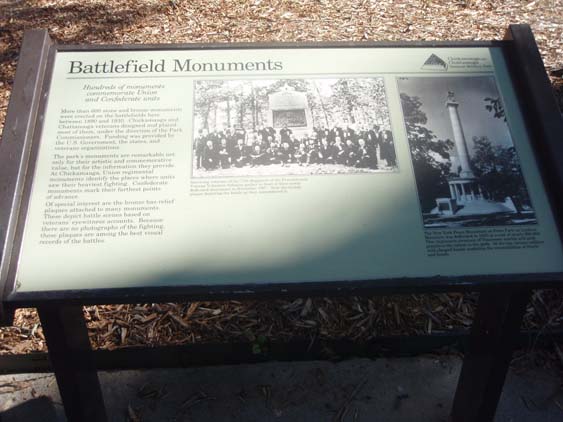
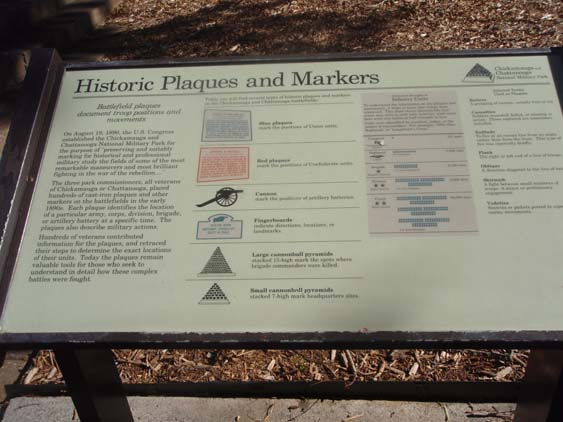
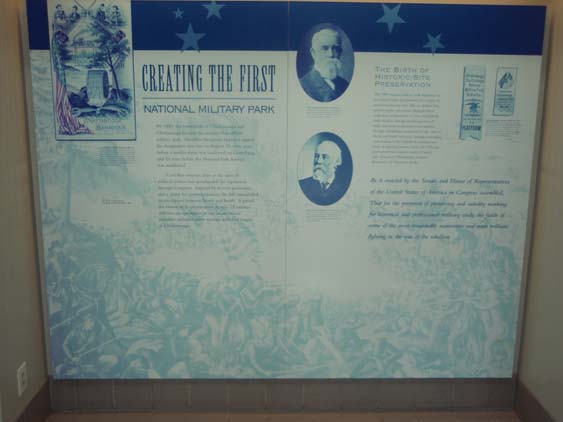
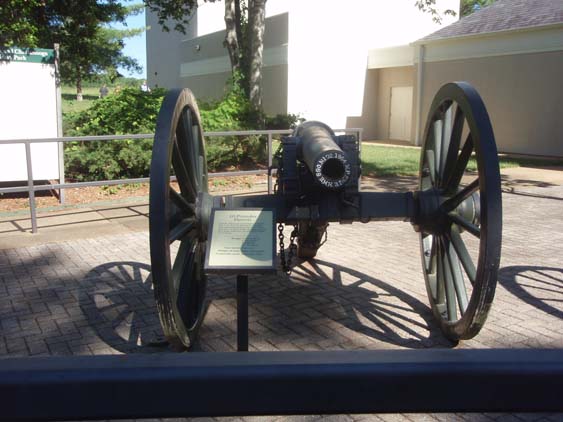
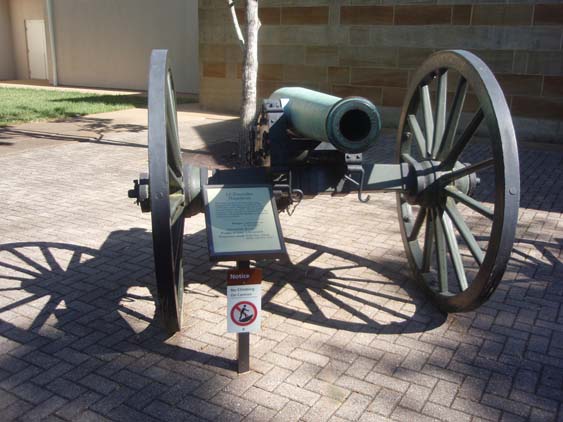
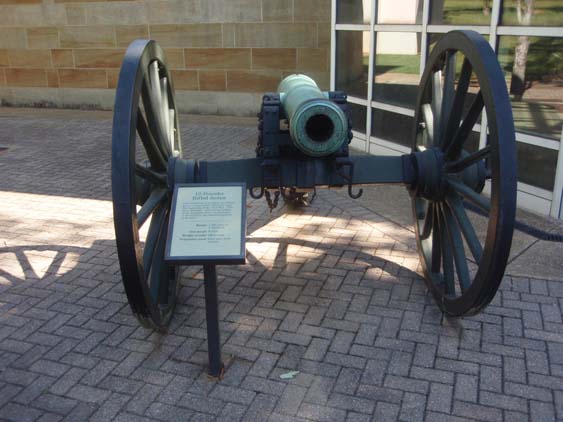
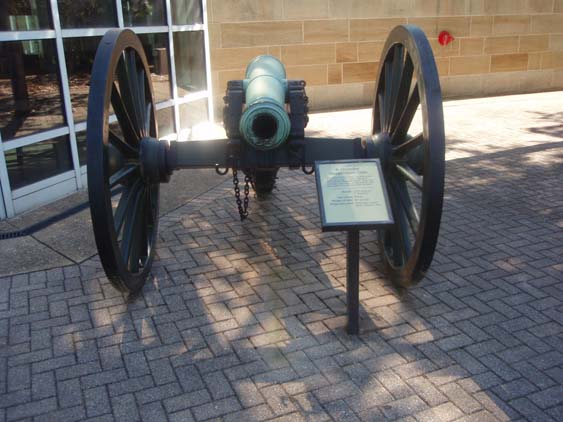
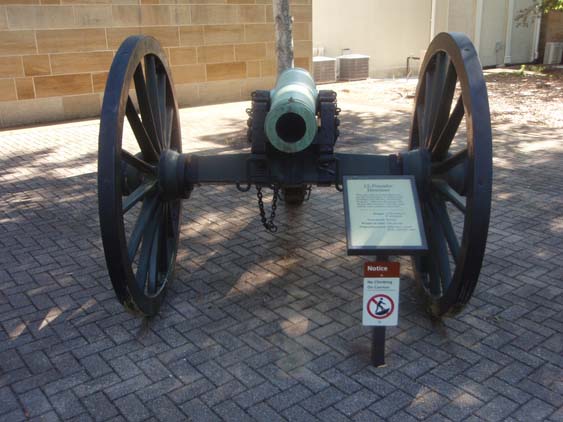
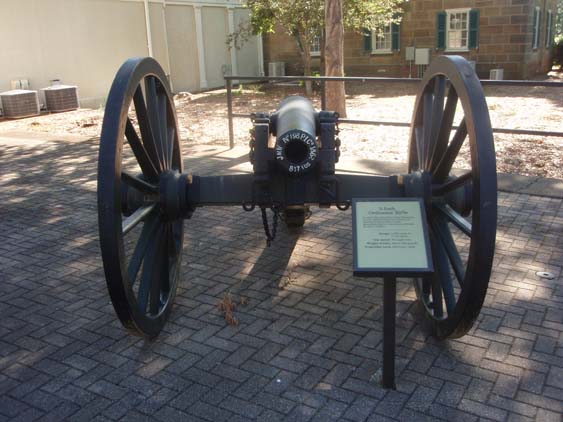
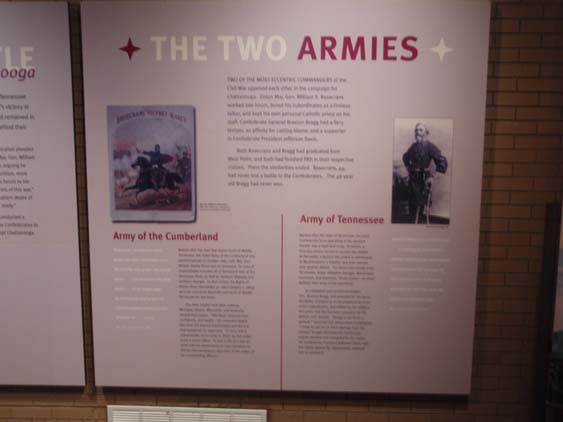
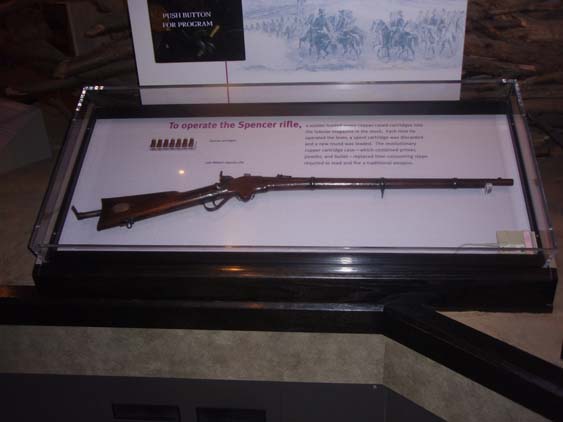
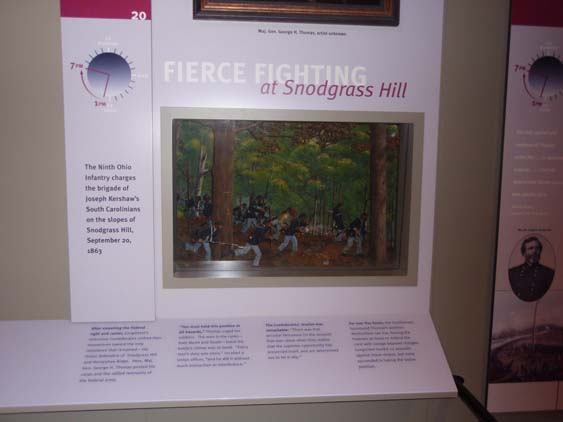
Since the 23rd fought side by side with the 17th, it is interesting to read the after battle report by Colonel Keeble of the 23rd which mentions the 17th frequently -
Report of Col. R. H. Keeble, Twenty-third Tennessee Infantry.
HDQRS. TWENTY-THIRD TENNESSEE
REGT.,
September 28, 1863.
SIR: On the morning of the 17th, our brigade, being at or near
Ringgold, Ga., was ordered to be in readiness to move upon the
Ringgold road. Having moved upon the road toward Ringgold,
about 2. 30 or 3 o'clock we were informed that the enemy were
on the opposite (north) side of Ringgold and advancing upon the
place. Hastening the march, we formed line of battle on the south
side of Ringgold, my right resting upon the left of the
Twenty-fifth Tennessee, the Seventeenth Tennessee being upon
my left. I formed in a skirt of woods facing town, and
immediately threw forward skirmishers on the opposite side. The
enemy, however, were repulsed with our artillery, and we
remained in position quietly until next morning.
On Friday, the 18th instant,
I took up the line of march, left in
front, following the Seventeenth Tennessee. We followed the
enemy in the direction of Chattanooga, and found them near the
junction of the Graysville and La Fayette and Ringgold and
Chattanooga roads. At this point I formed line of battle along the
Graysville and La Fayette road, the Twenty-fifth being on my
right and Seventeenth Tennessee on my left. We formed about 10
o'clock in the morning and moved upon them in line of battle,
skirmishing with them all the way until we reached the
Chickamauga River.
Before reaching the river,
however, the Seventeenth Tennessee
was detached and moved to support a battery, thus throwing my
regiment upon the extreme left of the line, coming to open space
in front of the river, my left resting upon the road running across
the bridge. My skirmishers were now hotly engaged with the
enemy at the bank of the river, and I was suffering from the
effects of the enemy's fire, when all at once, without a
command, the regiment with one accord charged the river and
bridge at double-quick and put the enemy to flight. My
skirmishers were immediately ordered across the river and
thrown forward. I then moved by the left flank across the bridge
and immediately formed line of battle upon my left company, the
Twenty-fifth Tennessee forming upon my right when across. The
brigade then moved by the right flank 300 or 400 yards and
halted, the Seventeenth in the meantime having crossed and
formed upon my left. We then advanced in line 300 or 400
yards, and made a left wheel over the crest of a hill where it was
supposed the enemy had rallied. They had, however, left the
field. We then moved by the flank, left in front, about 3 miles,
when information was received that the enemy were in our front
and to our right. We then moved by the right flank (throwing us
in line of battle) about 300 yards; changed front forward left
battalion (Seventeenth Tennessee), and rested upon our arms
during the night.
We had on this day 28
officers and 158 non-commissioned
officers and privates, and lost in the charge upon the bridge 5
non-commissioned officers and privates, among whom was the
color bearer (Private A. Melton), wounded in the leg. This brave
soldier wept when he had to part with the colors, and said to the
one who took them up, "Carry them through the thickest of battle
ahead of everything else."
On Saturday, September
19, having slightly changed
position so as to occupy the crest of a small hill, we lay in line
pretty much all day under the fire of the enemy's artillery and
sharpshooters until about 2 o'clock, when we were ordered
forward and met the enemy, driving them across the road and a
skirt of woods and open field. They had been driven from the
field; two pieces of this [their] artillery upon my right and the
left of the Twenty-fifth Tennessee were silenced and abandoned.
We were, however, unable to take the guns off, and it is thought
some other brigade or division took possession of them.
Having crossed the open
field and the enemy having fled from
before us, we halted to reform our lines. It was then discovered
that there was no brigade on our left, and the enemy being upon
our left flank and in rear of the left wing of the Seventeenth
Tennessee, necessitated our falling back across the road, which
we did and reformed speedily. Here we rested upon our arms
during the night, and thus closed the Saturday's action. We
fought them from 2 o'clock until late in evening.
I carried into action
on this day 28 officers and 149
non-commissioned officers and privates, and lost in officers 1
killed and 5 wounded; in non-commissioned officers and
privates, 5 killed; wounded and captured, 58.
Maj. J. G. Lowe was seriously
wounded on this day while nobly
discharging his duty, and only escaped being captured by his
forethought and prudence.
Sunday morning, September
20, the formation of the brigade
stood as before, my regiment being upon the left of the
Twenty-fifth Tennessee and right of the Seventeenth Tennessee.
The action commenced about 7 o'clock in the morning and
became general about 10 o'clock, when we were ordered to
advance. I immediately engaged the enemy with my skirmishers,
and came upon their line on the opposite side of the road, when
they fled in confusion before our sudden and impetuous charge.
Moving a short distance by the right flank, we again moved
forward and came on another line strongly posted in a cedar
grove or thicket. Here I engaged them about ten or fifteen
minutes when we drove them in confusion out of the glade across
the open field to the crest of a hill where their artillery was
planted, and, pressing rapidly forward, utterly routed them. In
this charge I passed by a house in which the enemy had been
posted across the yard and garden. It was in this charge that
Lieut. Col. Horace Ready was wounded while gallantly doing his
duty.
Having pressed forward
to the top of the hill, we discovered that
the enemy fled in the wildest confusion and dismay from their
third strong position, leaving in their hasty flight knapsacks and
baggage, several wagons laded with commissary and
quartermaster's stores and ordnance, several of artillery and
caissons, some of which were capsized in their confusion.
Several prisoners also fell into our hands. It is estimated that
some 8 or 10 wagons and 5 or 6 pieces of artillery, with
caissons, fell into our hands, and which we had no opportunity
of removing until next morning.
Having halted and reformed
upon the hill, which we had at last
driven the enemy from, we changed direction to the right by
brigade wheel, in which maneuver I passed down the hollow and
into a corn-field in the bottom and to the right of the hill we had just
left. Here we halted some fifteen or twenty minutes, I suppose,
until a battery could be put in position on a hill then immediately
in our front. I then moved forward with the rest of the brigade to
the foot of the hill, and while our battery was playing upon the
enemy, replenished our ammunition from the enemy's ordnance
wagons which had fallen into our hands. The enemy having
advanced to capture the battery, we were ordered forward to
resist them.
It was now about 1 o'clock.
Having charged the enemy, I
engaged them about fifteen minutes, when, the right having given
way and the enemy overlapping on my left. I fell back with the
rest of the brigade under the brow of the hill. I then moved by
the right flank, throwing my regiment on the right of the battery,
it before, being on the left. A brigade was then moved to extend
the left of our line and one thrown in our front.
It was now about 2. 30
o'clock, when the brigade in our front
charged the enemy and we were ordered to their support. Upon
our advance the brigade in our front retired to our rear, leaving
nothing but the enemy before us. Here commenced the most
desperate conflict of the day. For three hours and forty minutes
it raged most furiously. With our small band, whose ranks were
becoming every moment thinner, we charged the full columns of
the enemy and drove them before us, but drove them only to
rally again, and in their turn charge us. Four desperate assaults
and charged were made upon us, hurling upon us their immense
columns, line after line, but as stubbornly were they resisted.
The battle-field here
baffled description. The most vivid
description of Waterloo would fail to depict. Leonidas with his
300 never withstood such desperate assaults and charges. Both
sides left that this was the turning tide of the battle. Hold it, and
the victory was ours; lose it, and the tide of battle would change
and all our previous advantages be lost. Night was now coming
on; our ammunition was failing the men, some of them, having
but one round--none of them exceeding three; guns had been
and injured, and more becoming foliate and useless.
Foreseeing this danger,
myself, with every other field officer of
the brigade, begged and besought a brigade which was skulking
behind trees in our rear to come forward and give but one
volley. Alas! they heeded not the call. We looked in vain for
other supports; none were near. The anxiety of the moment was
terrible. Solitary and alone we were to fight that fight, and had
then nothing upon which to rely but the individual valor and
courage of our brave men.
The time had now come
for something decisive. When I gave the
command "forward, charge," with a terrible yell the men sprung
forward--all, alas, that were left of them--the other regiments
acting in concert. The enemy were routed from our front and
fled in the wildest confusion. Pursuit was useless; they were far
beyond our reach. Firing now ceased; my line reformed; I filed
to the right, following the Twenty-fifth Tennessee, and your
brigade was reformed, forming upon the left of a brigade which
came up in our rear before the firing ceased. I then changed
direction to the right. The brigade having made a wheel,
reformed on a line perpendicular to the one we occupied during
the evening engagement, and rested in this position during the
night.
I cannot give too much
credit to the men and officers of my
command. I am happy to report that not one failed in his duty or
straggled from the battle-field.
I carried into this day's
action 22 officers, and lost 1 killed and
5 wounded; 86 non-commissioned officers and men, and lost in
killed 5, wounded and missing 18, 7 our of the number having
been detailed during the engagement to man a battery. Some of
the wounded have since died, and some few of the slightest have
again returned to duty in the regiment, though scarcely able.
My loss through the three
days (Friday, Saturday, and Sunday)
was 12 officers and 91 non-commissioned officers and privates;
aggregate, 103. Every member of the field and staff were struck. Lieut.-Col.
Ready and Maj. Lowe nobly did their duty until wounded.
Adjutant Gwyn rendered valuable services on this occasion, and
Private Riddley (ex-captain), the soldier without bounty,
displayed that extraordinary zeal valor which entitles him to the
highest consideration. Second Sergt. J. J. Shelton, Company D,
distinguished himself for his great coolness and readiness. Z. P.
Lee, of Company C, and Aaron Todd, of Company H, privates,
both displayed the highest of heroism by refusing to leave the
field after they were wounded, but continued to battle on as long
as they were able. Private J. D. Jeffries, color bearer, displayed
the highest degree of courage and extraordinary degree of valor
in the manner in which he bore the colors. Always far in
advance, he would move if defiantly in the very face of the
enemy. Lieut. Vernon, of Company B, deserves especial mention
for the manner in which he bore himself.
Most respectfully submitted.
R. H. KEEBLE,
Col., Comdg. Twenty-third Tennessee Regt.
There is an exhibit that shows what the usual attire was for the Confederate soldier on the field.
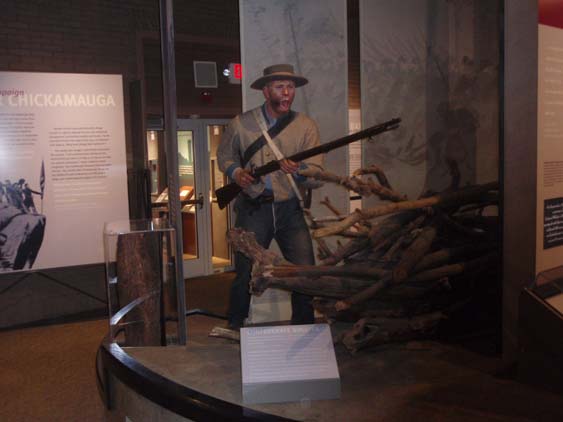
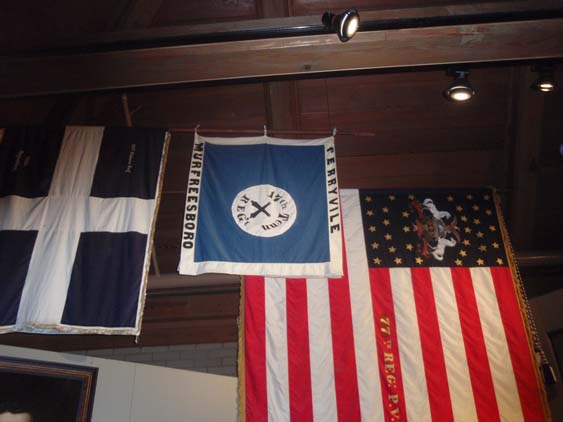
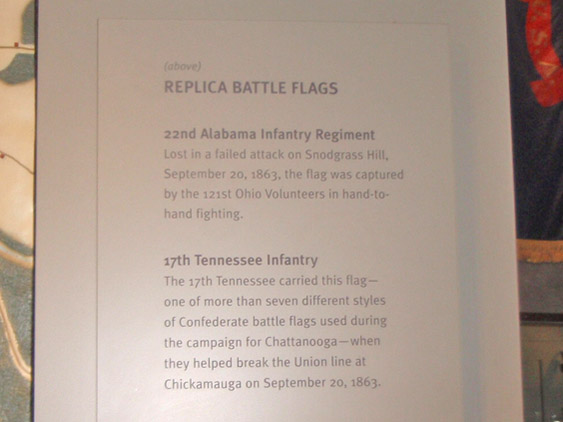
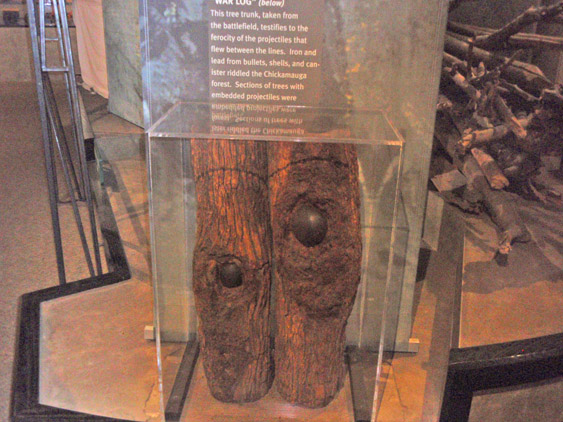
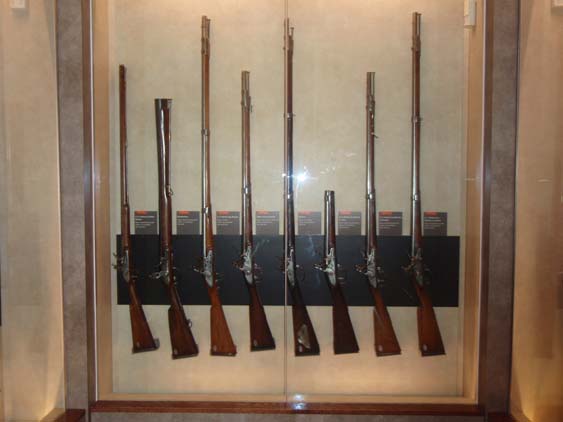
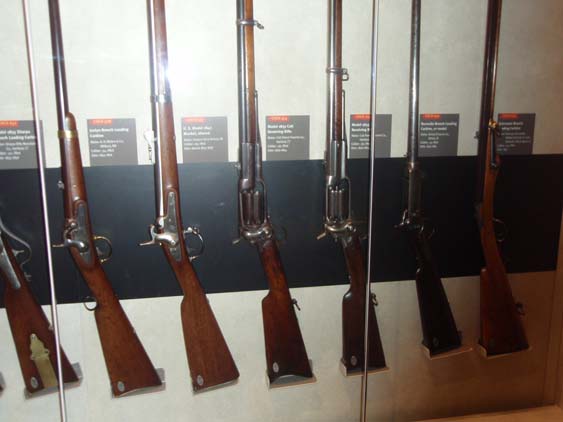
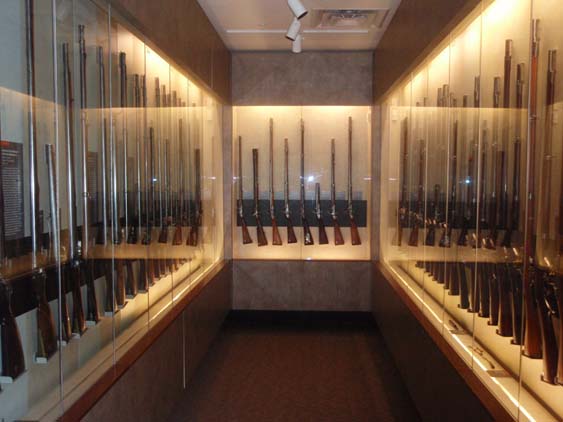
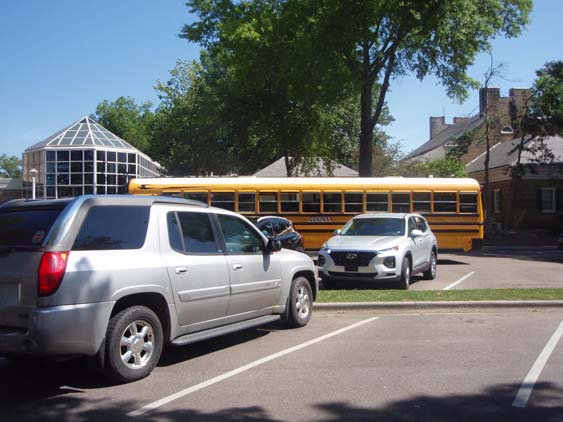
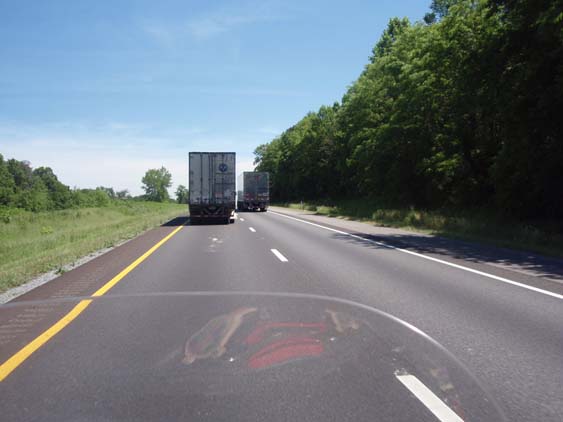
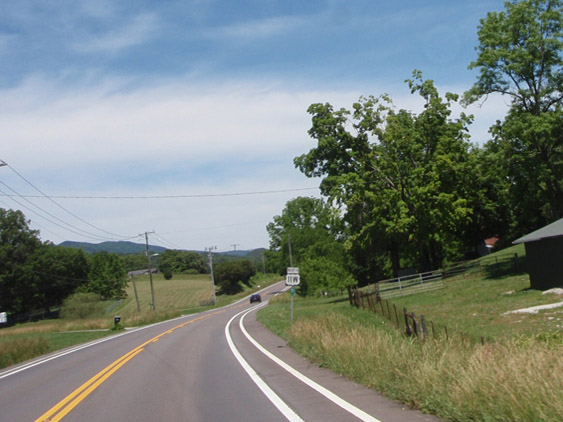
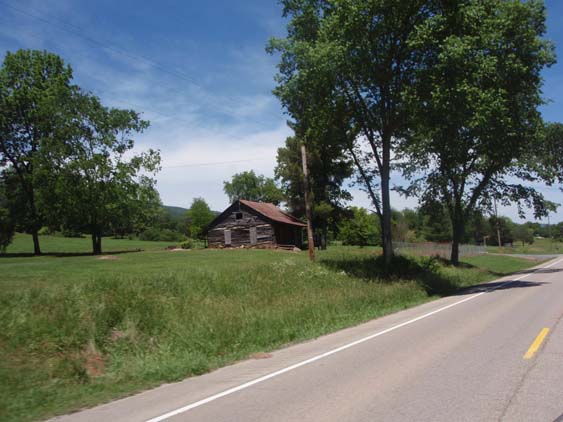
This is one of the few 17th Tennessee Infantry reports in existence by General Bushrod Johnson. It goes into detail of the Battle at Bean Station -
Engagement at Bean's Station BY BR Johnson December 14, 1863 -
Report of Brigadier-General
Bushrod R. Johnson, C. S. Army, commanding Buckner's division, relative
to the engagement at Bean's Station, December 14, 1863.
~ ~ ~
On Monday, December 14, this division moved on Bean's Station at the head
of the infantry, preceded by 100 cavalry, under Capt. Moore, of Col. Giltner's
regiment. The roads were very wet and muddy and the weather was cold and
inclement. Many of our men were barefooted, and of these numbers failed
to keep up with their regiments. Others more enduring and persistent pressed
nobly on, and were seen among the foremost and most active in the subsequent
engagement. About 3 miles east of Bean's Station at 2 p. m. the cavalry
encountered and drove back the enemy's pickets and sharply engaged the
reserve. My leading brigade (Gracie's) was moved up, and seven companies
of the Fifty-ninth Alabama Regiment, commanded by Lieut. Col. J. D. McLennan,
was advanced as skirmishers, the center moving along the road. The cavalry
under Capt. Moore closed in to the left and uncovered its front. The enemy
continued to fall back skirmishing with this regiment of infantry for
about 2 miles, and twice endeavored to make a stand. We then crossed the
creek about half a mile east of Bean's Station, and the Forty-third Alabama
Regiment, commanded by Col. Y. M. Moody, was deployed in rear of the Fifty-ninth
and moved to the right, extending in the woods on the slope of the mountain
on the north side of the valley. As the skirmishers ascended to the top
of the hill east of the station, the enemy's artillery opened from three
points on the elevations west of the station. Two of these points are
on the north side and one on the south side of the Knoxville road. Our
skirmishers were now ordered to lie down until our artillery could be
brought up. About this time Brig. Gen. A. Gracie was wounded by a rifle
ball in the arm. That I was deprived of his valuable services I was not
aware until later in the day, as I had seen him return to the field after
having had his wound examined. Taylor's battery of four Napoleon guns
was placed in position on the north side of the road and supported by
the Forty-first Alabama Regiment, commanded by Lieut.-Col. Trimmier, and
Parker's battery was placed on the left of the road, with the right piece
resting in the road. These batteries opened mainly on the two batteries
of the enemy beyond Bean's Station and to the north of the road.
Johnson's brigade was now advanced in line of battle with skirmishers
in front to the top of the hill, east of the station and on the left of
the Knoxville road, and became exposed to the fire of the Federal battery
on an elevation on the south side of the valley while skirmishing with
the enemy's cavalry on an elevation just in its front. In the meantime,
Maj.-Gen. McLaws' division, after crossing the stream in our rear, was
moved by the flank on to the ascent of the mountain on the north side
of the valley, and two companies of the Forty-third Alabama Regiment,
under Col. Moody, by order of Gen. Longstreet, were moved as skirmishers
by the right flank along the edge of the woods on the slope of the mountain
to cover the movement of McLaws' division, intended to turn the enemy's
left flank.
After our two batteries had fired some thirty rounds each from their first
positions, I ordered a section of Parker's battery to move to the left
and front to a commanding position on the right of Johnson's brigade,
where it opened on a well-formed line of the enemy's cavalry in its front
and on the battery on the south side of the valley. While this section
of Parker's battery was moving to its position on the right of that occupied
by Johnson's brigade, I received an order from the lieutenant general
commanding to press my line forward. The line of Gracie's brigade had,
however, been somewhat advanced, and was exposed to the fire of the Federals
occupying the large hotel building at Bean's station and firing through
loop-holes cut in the wall of the second and third stories. A large frame
house east of the hotel was about this time set on fire, it is believed,
by the enemy to prevent us from using it as a shelter. I accordingly sent
two of my staff officers with the necessary orders to move forward Gracie's
brigade, while Col. Fulton advanced Johnson's brigade under my eye, and
the two batteries of our artillery still continued to play upon the enemy's
lines in our front.
The advance in Gracie's brigade was made mainly by the Sixtieth Alabama
Regiment, under Col. Sanford, the Fifty-ninth and eight companies of the
Forty third Alabama Regiments moving up as skirmishers on its right and
rear. Capt. Blakemore, my aide-de-camp, first conveyed to Col. Sanford
the order to advance about the time Johnston's brigade commenced moving.
This regiment rushed forward gallantry, and with a shout passed the line
of the Fifty-ninth and eight companies of the Forty-third Alabama Regiments
deployed as skirmishers. In this movement the Sixtieth Alabama Regt. was
exposed to the heavy fire of the enemy, concealed in the hotel, and of
a line of Federals in the plain west of the hotel, and it consequently
halted, and the men attempted to cover themselves by lying on the ground.
The deliberate fire delivered with accuracy from the loop-holes of the
hotel continually struck the men of the Sixtieth Alabama Regiment as they
lay immovably on the ground, and when that regiment subsequently arose
to advance again on the hotel, under orders conveyed to Col. Sanford by
Lieut. Moorhead, Gracie's brigade inspector, it left its line marked out
by the dead and wounded.
Johnson's brigade was now moving in a handsome line down the western slope
of the hill east of the station and south of the Knoxville road. In this
movement it was exposed to the fire of the enemy's cavalry in line of
battle and to a battery of artillery in its front, and on passing the
creek at the foot of the slope its line was enfiladed from the loop-holes
of the hotel on its prolongation to the right. This brigade sought by
lying down to secure the shelter afforded by the undulations of the ground,
while the companies on the right fired on the hotel. The enemy's battery
in front of Johnson's brigade retired as soon as that brigade descended
below its range. The cavalry retired a little from the brow of the hill,
but maintained their line. The Sixtieth Alabama Regiment, of Gracie's
brigade, now arose and advanced on the right of the Knoxville road directly
upon the hotel in the face of the fire from that building, and from a
line of the enemy extending across the valley south of the hotel, which
caused the regiment to take to the shelter of a large stable some 50 yards
east of the hotel building, where it continued to return the enemy's fire.
In this advance Col. Sanford was knocked down by a shot, but afterward
joined the regiment at the stable, where it had moved under command of
Lieut. Col. D. S. Troy.
The Fifty-ninth and eight companies of the Forty-third Alabama Regiment,
deployed as skirmishers, stretched from a point some distance to the right
of the Sixtieth Alabama Regiment, and advanced somewhat later than that
regiment on to the slope of the hollow north of the hotel. About this
time Taylor's and Parker's batteries were directed to fire a few shots
at the hotel, which was done. Some two shots were unfortunately fired
by mistake into the stable occupied by the Sixtieth Alabama Regiment,
by which 2 men are said to have been killed and 2 or 3 wounded.
In the above attitude of affairs I was advised that I could call on Brig.-Gen.
Jenkins for support from his command (Hood's division) if I should need
it. I immediately requested Gen. Jenkins to move one or two brigades by
the flank through the woods on the slope of the mountains on the south
side of the valley with a view to turn the enemy's right flank. This was
about sunset. About dusk I directed Col. Fulton to push his brigade to
the top of the hill in his front, which was done without resistance. About
this time McLaws' division opened fire on the enemy's left flank on the
north side of the valley. I now learned that Gen. Jenkins had decided
that it was too late to make the proposed movement on the enemy's right
flank, and I consequently concluded to press no farther my left brigade,
which was very weak.
It being reported to me indirectly from Col. Sanford that the enemy were
still occupying the hotel building, I ordered the left section of Parker's
battery to move up to within 350 yards and fire into it. Some two balls
were fired into the building, when the battery ceased to allow the infantry
to advance and take possession of it. It was now found that the Yankees,
all but 3 captured in the cellar, had made their escape from the west
end of the hotel. Buckner's division was now in complete possession of
Bean's Station, from which, with the aid of the artillery and the movement
on the flank by McLaws' division, it had driven the enemy. The Federal
forces had resisted our attack persistently and gallantry, no doubt with
a view to save their little camp equipage, trains, &c., and in the
darkness of the night their cavalry, once fairly in motion, could not
be successfully pursued by our shoeless infantry. We therefore rested
on our line at Bean's Station during the night. During the fight Parker's
battery fired 375 rounds of shell and Taylor's battery perhaps as many.The
enemy's forces are represented to have been three brigades of cavalry.
We have had no means of determining the number of their killed and wounded.
Common reports, which seem to come from the enemy, place their killed
at 100. The officers and men of my command behaved handsomely in this
affair.
Most of the battle action took place around the Bean Station Tavern seen in the artist's sketch below. In 1814, it was the largest tavern between Washington DC and New Orleans. Several US Presidents stayed there while passing through the area.
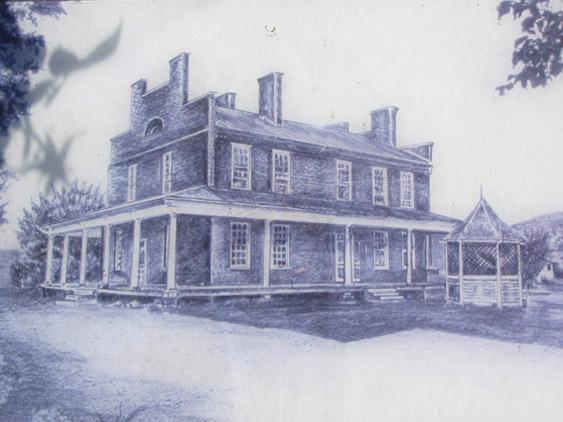
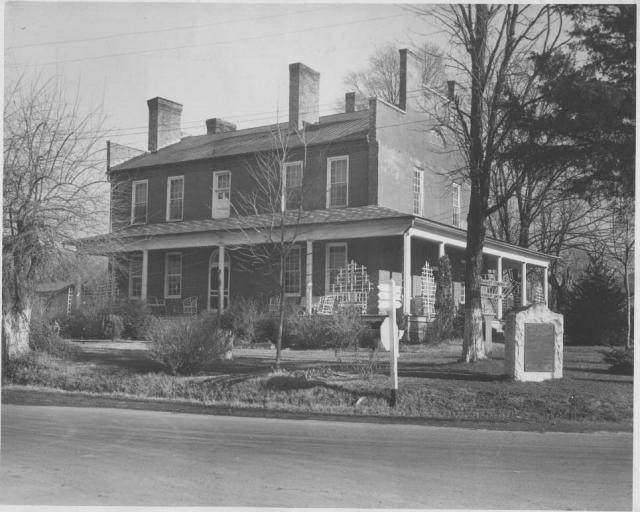
In 1940, before the Holston River was dammed and Cherokee Lake created, the tavern was torn down with the intention of relocating it to higher ground. Unfortunately, before the structure could be rebuilt, it was destroyed by fire. This is the marker in the picture and it was moved here before the lake was created. The text on the marker reads -
Bean Station
This was one of the first settlements in Tennessee. William Bean and Daniel Boone camped here in 1775. Indians massacred the first settler, a farmer named English. Permanently settled by William II, Robert, George and Jessie Bean, who were granted over 3,000 acres of land along German Creek for Revolutionary services; William II and Robert being captains of militia. The Bean house located seventy feet south of this marker, formed one corner of the fort and was built over a spring to insure water for defenders in case of siege. Here was the intersection of Daniel Boone’s trail and the great war path of the Cherokees, later a crossing of Baltimore to Nashville stage road and Kentucky to Carolina turnpike. Bean Station was a post village and important stopping place for travelers. Whiteside Inn was built in 1811. Bean Station Inn built 1814, was the largest tavern between Washington and New Orleans. John Sevier, Andrew Jackson, James K. Polk, Henry Clay, and Andrew Johnson were among notable men entertained here. Bean Station and valley was the scene of battle between armies of Longstreet and Burnside during the Civil War.
